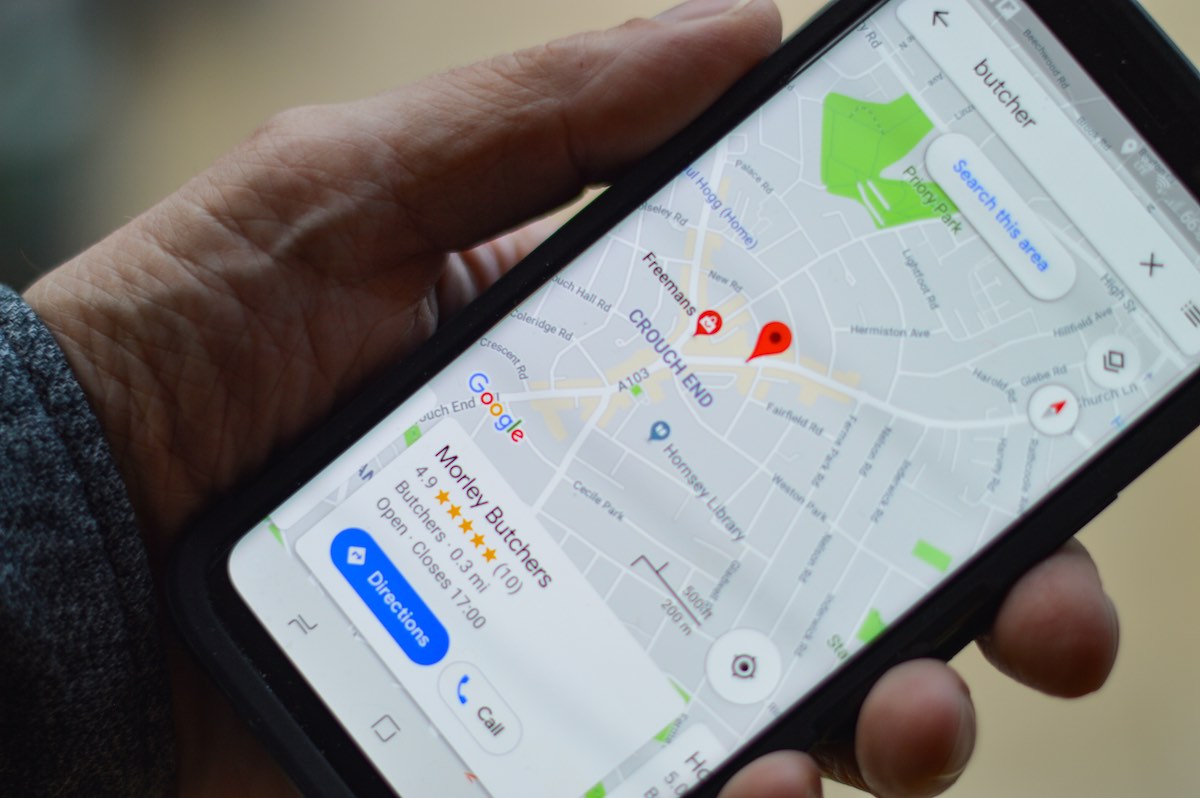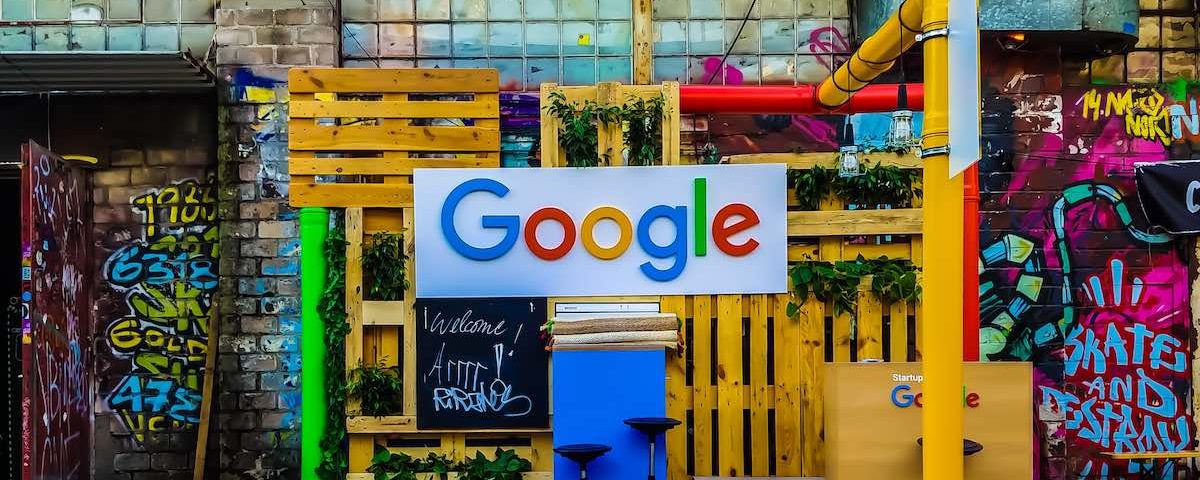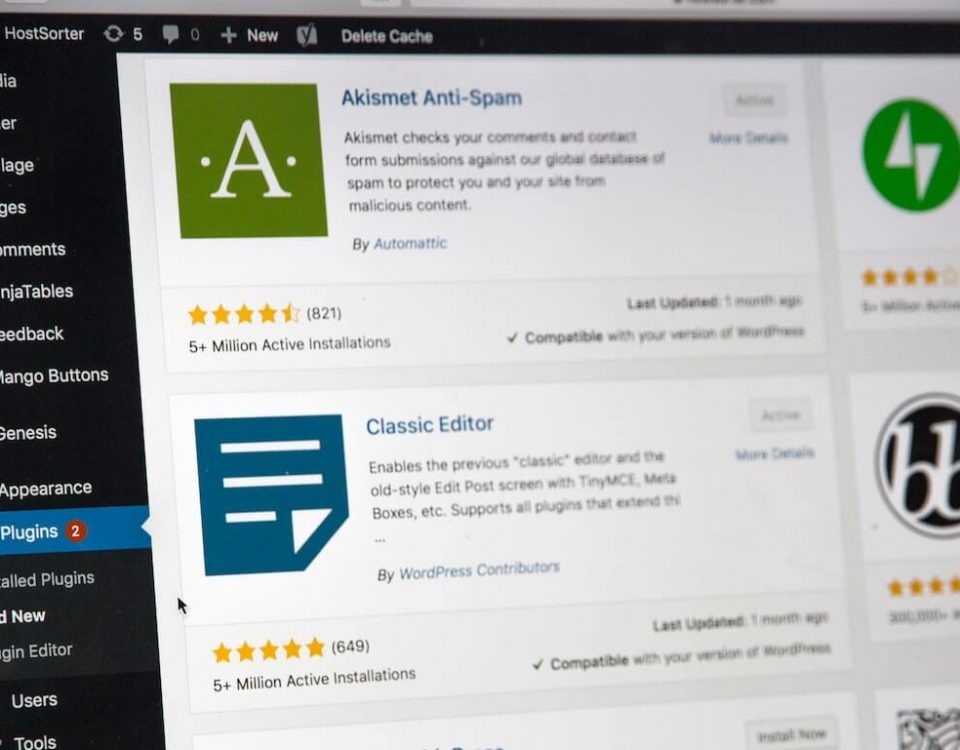Most Recent Changes in SEO and How Websites are Currently Being Rated by Google

Top 10 Website Trends in 2020
April 28, 2020
Top 5 WordPress Plugins to Help Improve Your Website’s SEO Rankings
June 22, 2020Google January 2020 Core Update
Google’s last Core Update was released on January 13th. Updates such as these shouldn’t really concern you if you’re not into the whole black hat techniques thing. However, it does happen from time to time that even the most innocent of us get caught up in the update.
Ever since the Panda update in February 2011, Google waged war on low-quality content, thin websites and so-called ‘’content farms’’. So, it’s not all that surprising that this was yet another update where pages with thin and low-quality content got penalized. This time, though, Google emphasized YMYL (Your Money or Your Life) content.
What is YMYL content?
“Your Money or Your Life” pages (YMYL) is a Google term referring to pages that could, according to Google, impact “the future happiness, health, financial stability, or safety of users”. (You can read more on this subject on page 10 of the Google Search Quality Evaluator Guidelines)
This means that e-commerce sites, medical sites, news websites, and many others all fall under this YMYL bracket and are held to a higher “Page Quality” standard as Google finds that low-quality YMYL sites can impact negatively on all of the abovementioned.

Brand Signals
Brand signals are nothing new, however, they do seem to matter more and more as the years go by. This probably has something to do with the market becoming overly saturated in almost every field – meaning is more important than ever to separate yourself as a brand that makes its customers happy.
Now, Google needs to tell which ones are the ‘’good ones’’ and uses these brand signals to do so.
So, what are the brand signals?
First of all, brand signals are cues that show that you’re a credible and trustworthy brand. And, well – they show you exist.
For example, it’s good to have your employees say they work for you – on Facebook or LinkedIn. You should have your social media profiles, Facebook, Instagram, Pinterest, Twitter – whatever works best for your brand. The physical address, transparent location/phone number, and a verification mark (if it’s possible) are just some of the ways you can build those signals for your brand.
Our advice? If you haven’t already, start working on your brand signals!

Local SEO
First, let us start by telling you some stats.
As we see mobile traffic rising, it’s not too far-fetched to conclude that local searching is also on the rise. Some say that almost 50% of searches are local searches, meaning you should really start focusing on your local SEO.
Think with Google stats show that ‘’Over the last two years, searches for local places without the qualifier “near me” have grown 150%, faster than comparable searches that do not include “near me.” ‘’ and around 30% of SERPs include a local pack in the results. Your Google My Business page may just lead consumers to your website.
Also, you know people are more likely to walk into your store or buy something if they just found out you’re near.

Voice Search
Voice search is another thing that seems to truly grow in popularity. Alexa, Siri, Google Now, and other AI assistants are becoming a part of our daily lives and seem to be here to stay.
And why wouldn’t they? Most people find virtual assistants to be helpful and a great way to save time and a perfect way to find information when you need it, no matter how busy you are at the moment.
It’s also important to say that Google’s idea of…well, Google, is to become something like a Star Trek computer. This was mentioned by a senior vice-president of search Amil Singhal in a talk he did way back in 2013 with Guy Kawasaki on an SXSW conference, where Amil said their goal is to one day perfect Google Search making it a smooth, natural, conversational search experience in every way.
How do you make your site more voice-search-friendly?
- Have user intent in mind.
- Write out all the important information (don’t hide it behind pictures).
- Use Schema metadata (or some similar plugin that helps with the context of your content).
- Test.
Try Google voice search if you haven’t already and see what comes up. One thing is certain: Google plans to incorporate more and more of voice searches, so why not become an expert in it while there’re still few people optimizing their website for it?

(Mobile) User Experience
We’ve already been talking on and on about the user experience. This only goes to show how important it is to Google. 2019 was the year mobile surpassed desktop – meaning the trend will only grow from now on. So, even though we’ve talked about this so many times before, we can’t stress this enough: think mobile-first.
Make your website function on mobile, make it work on mobile, make it fast on mobile, make mobile your absolute priority – as it is Google’s absolute priority as well.

When can we expect the next Google Core Update?
Considering the current situation regarding COVID-19, some SEO experts and webmasters were wondering whether the next Google Core update is on the way or if it was going to be delayed. However, Google’s webmaster trends analyst John Mueller has said on Twitter that the updates are never scheduled and could therefore not be delayed.
We should, however, mention that the updates have mostly rolled out on a three-month-basis, so you should be on a lookout for the next one. We know we will!




